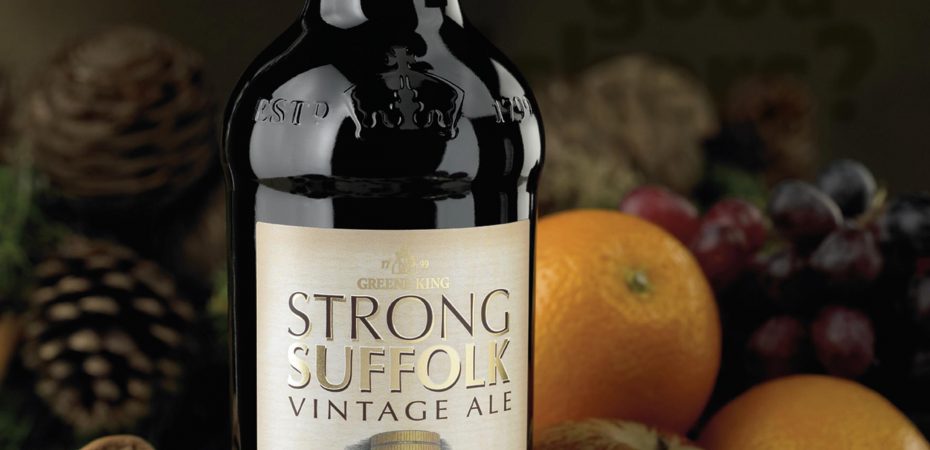In the summer of 2003, former Caledonian Brewery head brewer Dougal Sharp unveiled Innis & Gunn’s Woodaged Beer.
This was a stunningly flavoured 6.6% beer that had spent the first 37 days of its post-fermentation existence slumbering away in American white oak barrels. After that, all the beer in the barrels had been shipped into a marrying tun, to allow a further mellowing of the flavour.
It is often said that whisky and beer are close cousins, but this was a case of marrying within the family. What would be the consequences?
Rest assured, there were no ill effects from this union. Burnished gold with a hint of amber in colour, the beer had a grown-up nose of vanilla residing alongside the oaky, buttery scents we normally associate with a good white Burgundy or even Chardonnay.
Somewhere in the background hovered the aroma of that oldfashioned, once popular gentleman’s accessory the tobacco box. The palate was full with plenty of oak, vanilla and butter toffee, before a creamy finish with hints of whisky warmth took over. On first sip it was a memorable ale and went on to win awards and supermarket contracts.
The original idea first emerged when William Grant & Sons was buying beer from a Scottish brewer to assist in the production of Grant’s Ale Cask Reserve Scotch Whisky.
The beer had been brewed to a special formula and used to flavour the whisky barrels, but no one knew what it would taste like when it had been in cask for a month. As soon as Dougal Sharp tried it he realised that it had potential.
“Oak-aged beer aims to provide the world market with a new style of beer,” he said at the time.
“In the past beer was often stored in wood and there are still a handful of British brewers who keep that tradition alive. But we are, we believe, the first brewing company ever to use the fresh flavours of the imported ‘first fill’ oak barrel in this way to enhance the palate and complexity of the beer itself.”
Writers and brewers pondered: was Innis & Gunn a gimmick, new style or deliberate development of an already existing style of beer?
Some thought it on a par with the clear beers developed in the US in the 1990s, but most welcomed this marriage between beer and the process by which whisky was made. Here was a genuine innovation — though one beer writer mentioned to me his bafflement on Innis & Gunn using a clear bottle, which could encourage ‘skunking,’ whereby sunlight striking the bottle can help develop off-flavours.
Yet, beer and wood co-habitating isn’t that novel. The idea of enhancing the flavour of beer by keeping it in wood has a long pedigree. For a start, all beer was trundled out to pubs in wooden casks until the 1960s and the advent of metal kegs. Most breweries had coopers and pubs made a virtue out of a row of wooden casks in a straight line behind the bar.
Champions of the wooden cask pointed out its strength and the ease with which one could be repaired, while the fact that wood was a bad conductor of heat was a great boon: beer wouldn’t get too hot in the summer or too cold in the winter as it was taken from brewery to pub. On the other hand it was difficult to keep sterilised and prone to attack from infections, something which no doubt hastened the advent of metal casks.
By the 1960s, these metal casks were common in the trade. Such was the concern about them that a pre- Campaign for Real Ale pressure group, Society for the Preservation of Beer From the Wood, was formed.
These days, you can count the breweries with coopers on your right hand: Wadworth, Theakston’s, Marston’s (where they are employed to look after the union set fermentation system) and arch-traditionalists Sam Smith’s. St Austell’s cooper retired at the turn of the decade though a couple of their pubs are still supplied with wooden casks.
Article Continues in Beers of the World Magazine Issue 4

